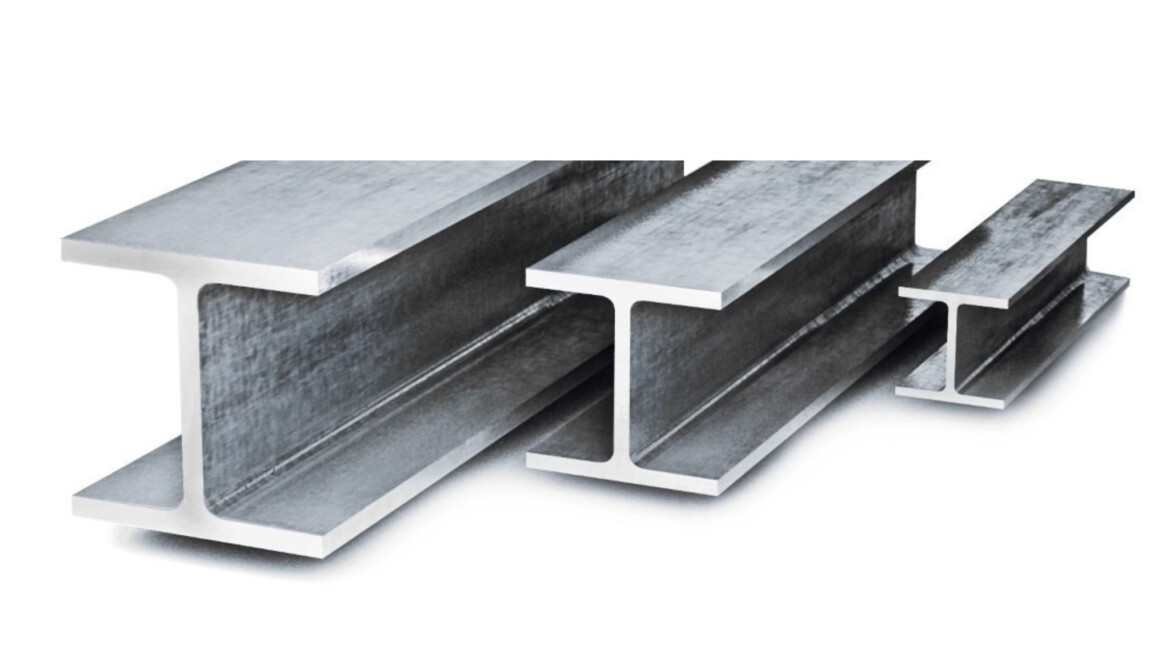Building Profiles

Building Profiles
Structural profiles are metal components used in the construction sector for various load-bearing and structural support functions. These profiles are typically made of steel and are used in different parts of structures. They can be categorized into three main types: NPU-NPI Iron Profiles, HEA-HEB Profiles, and IPE Profiles.
NPU-NPI Iron Profiles
NPU-NPI iron profiles are section profiles primarily used as structural support elements in construction.
What Are NPU-NPI Iron Profiles?
NPU (Normale Profilé U) and NPI (Normale Profilé I) profiles are steel profiles with U and I cross-sections, respectively. NPU profiles are U-shaped, while NPI profiles are I-shaped.
- NPU Profiles: These have a U-shaped cross-section and are typically used for structures with smaller load-bearing capacities.
- NPI Profiles: These have an I-shaped cross-section and are used in applications requiring higher load-bearing capacities and structural support.
Where Are NPU-NPI Iron Profiles Used?
- Structural Support: In structural elements such as frame systems, beams, and columns.
- Construction Projects: For support elements in buildings, bridges, and industrial structures.
- Rack Systems: As support and load-bearing elements in storage systems.
Types of Steel for NPU-NPI Iron Profiles
| Steel Code | Description |
|---|---|
| S235JR | Low carbon steel for general structural applications. |
| S275JR | Provides high strength and toughness. |
| S355JR | Used in structural elements requiring high strength and durability. |
| ST37 | Low carbon steel for general structural support applications. |
HEA-HEB Profiles
HEA-HEB profiles are large, high-capacity steel profiles designed to carry heavy loads and are used in various construction projects.
What Are HEA-HEB Profiles?
- HEA Profiles: These are I-section profiles with less height and more width, typically used for light load-bearing and aesthetic purposes.
- HEB Profiles: These are wider and higher section profiles with a capacity to carry large loads.
Where Are HEA-HEB Profiles Used?
- High Load-Bearing Structures: Bridges, high-rise buildings, and industrial structures.
- Structural Frames: In columns, beams, and frame systems.
- Industrial Facilities: As support elements in industrial buildings.
- Construction Projects: For structural support and load-bearing in large-scale projects.
Types of Steel for HEA-HEB Profiles
| Steel Code | Description |
|---|---|
| S235JR | Low carbon steel for general structural applications. |
| S275JR | Provides high strength and toughness. |
| S355JR | Used in applications requiring high strength and durability. |
| ST52 | High strength and durability for industrial applications. |
IPE Profiles
IPE profiles are steel profiles with an I-section used in various structural applications.
What Are IPE Profiles?
- IPE (International Parallel Flange I-beams) Profiles: These profiles have an I-shaped cross-section with two parallel flanges and a central web, providing high load-bearing capacity.
Where Are IPE Profiles Used?
- Structural Support: In columns, beams, and frame systems.
- Construction Projects: In buildings, bridges, industrial structures, and rack systems.
- Industrial Applications: As structural support elements in various industrial facilities.
Types of Steel for IPE Profiles
| Steel Code | Description |
|---|---|
| S235JR | Low carbon steel used for general structural applications. |
| S275JR | Provides high strength and toughness, commonly used in construction. |
| S355JR | For structural applications requiring higher strength and durability. |
| ST52 | High strength and durability for industrial applications. |
Steel Types and Advantages
| Profile Type | Steel Types | Advantages |
|---|---|---|
| NPU-NPI Profiles | S235JR, S275JR, S355JR, ST37 | High strength, various structural support applications. |
| HEA-HEB Profiles | S235JR, S275JR, S355JR, ST52 | Large load-bearing capacities, strong structural support elements. |
| IPE Profiles | S235JR, S275JR, S355JR, ST52 | High load capacity, wide range of applications. |
General Applications of Structural Profiles
| Profile Type | General Applications |
|---|---|
| NPU-NPI Profiles | Structural frames, support elements, construction projects. |
| HEA-HEB Profiles | Bridges, high-rise buildings, industrial structures, frame systems. |
| IPE Profiles | Columns, beams, rack systems, structural support elements. |
Box Profiles and Other Metal Profile Types
| Profile Type | Steel Types |
|---|---|
| Square Profiles | S235JR, S275JR, S355JR, ST37 |
| Rectangular Profiles | S235JR, S275JR, S355JR, ST52 |
| Flat Bars | S235JR, S275JR, S355JR, ST37 |
| Angle Bars | S235JR, S275JR, S355JR, ST37 |
| Channel Bars | S235JR, S275JR, S355JR |
| T-Bars | S235JR, S275JR, S355JR |
| NPU-NPI Profiles | S235JR, S275JR, S355JR, ST37 |
| HEA-HEB Profiles | S235JR, S275JR, S355JR, ST52 |
| IPE Profiles | S235JR, S275JR, S355JR, ST52 |
General Advantages of Box Profiles and Other Metal Profile Types
| Advantages | Description |
|---|---|
| High Strength | Provides structural support and large load-bearing capacities. |
| Easy Processability | Cutting, welding, and assembly processes are generally straightforward. |
| Various Size Options | Solutions for different industrial needs with various size and dimension options. |
| Aesthetic Appearance | Offers aesthetic solutions for modern designs and decorative applications. |
Conclusion
Structural profiles are essential metal components used in the construction sector for a variety of applications. Each profile type is designed for specific structural needs and can be customized with different steel types. NPU-NPI, HEA-HEB, and IPE profiles provide high performance and durability for both large and small-scale projects.


